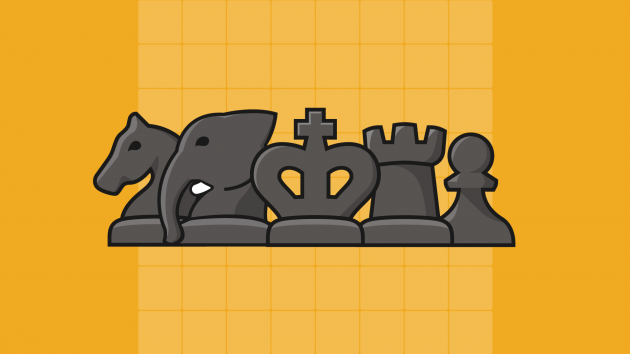
Chaturanga
Have you ever wondered how chess was born? In this article, you will learn about chaturanga, the root of our beloved game that traces back to more than 1,500 years ago.
What Is Chaturanga?
Chaturanga is an old Indian two-player board game that was invented at least 1,500 years ago and is believed to be the earliest predecessor of the game of chess. The Arabians adapted it to a game they called shatranj, which was later embraced by the Europeans during the Medieval Period and, after a few modifications, is now known as chess.
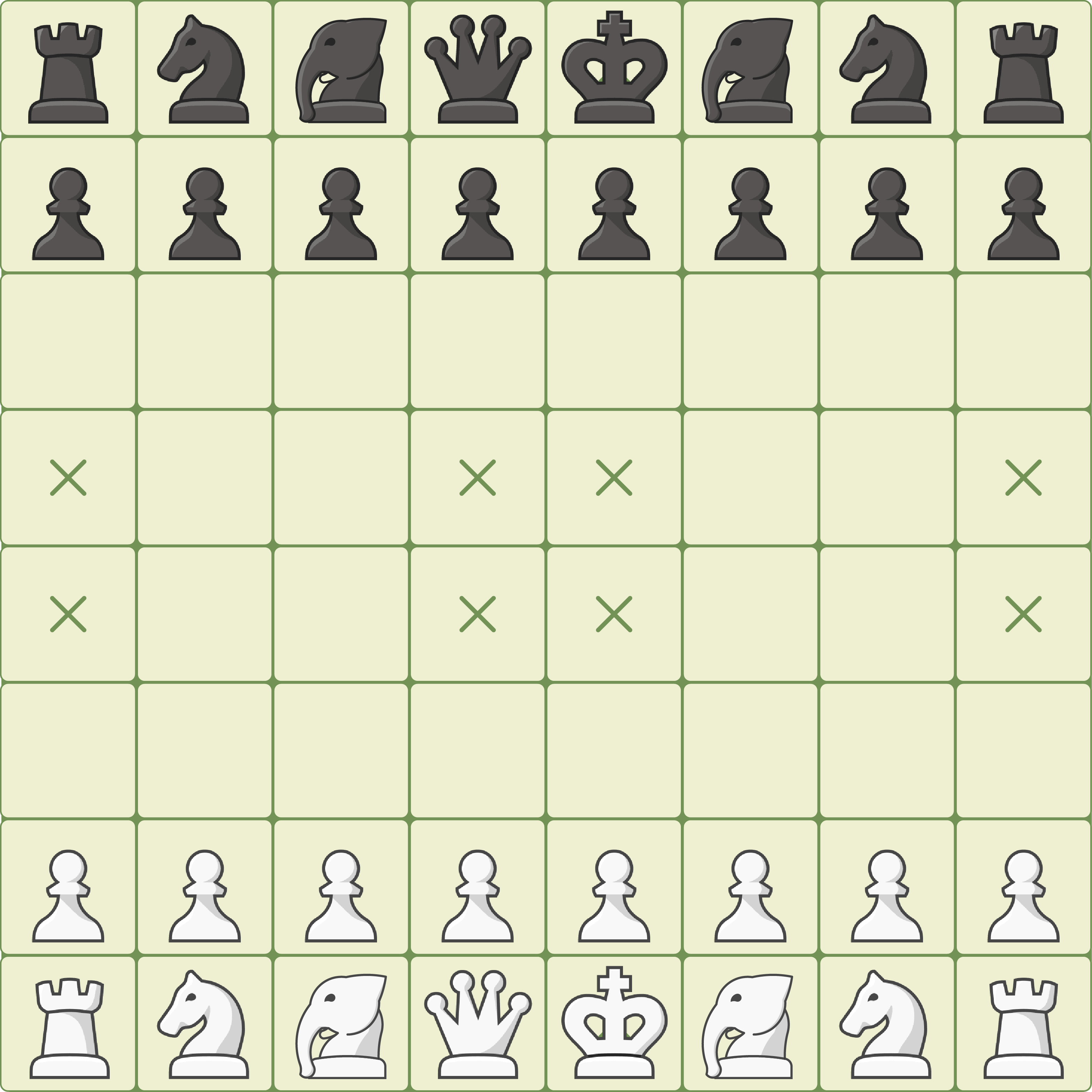
Just like chess, chaturanga depicts a war between two armies. Each of the game's pieces represents one of the four divisions of the Indian army at that time. The name of the game, chaturanga, roughly translates to "four limbs" from Sanskrit, an allusion to those divisions, which were infantry, elephantry, cavalry, and chariots.
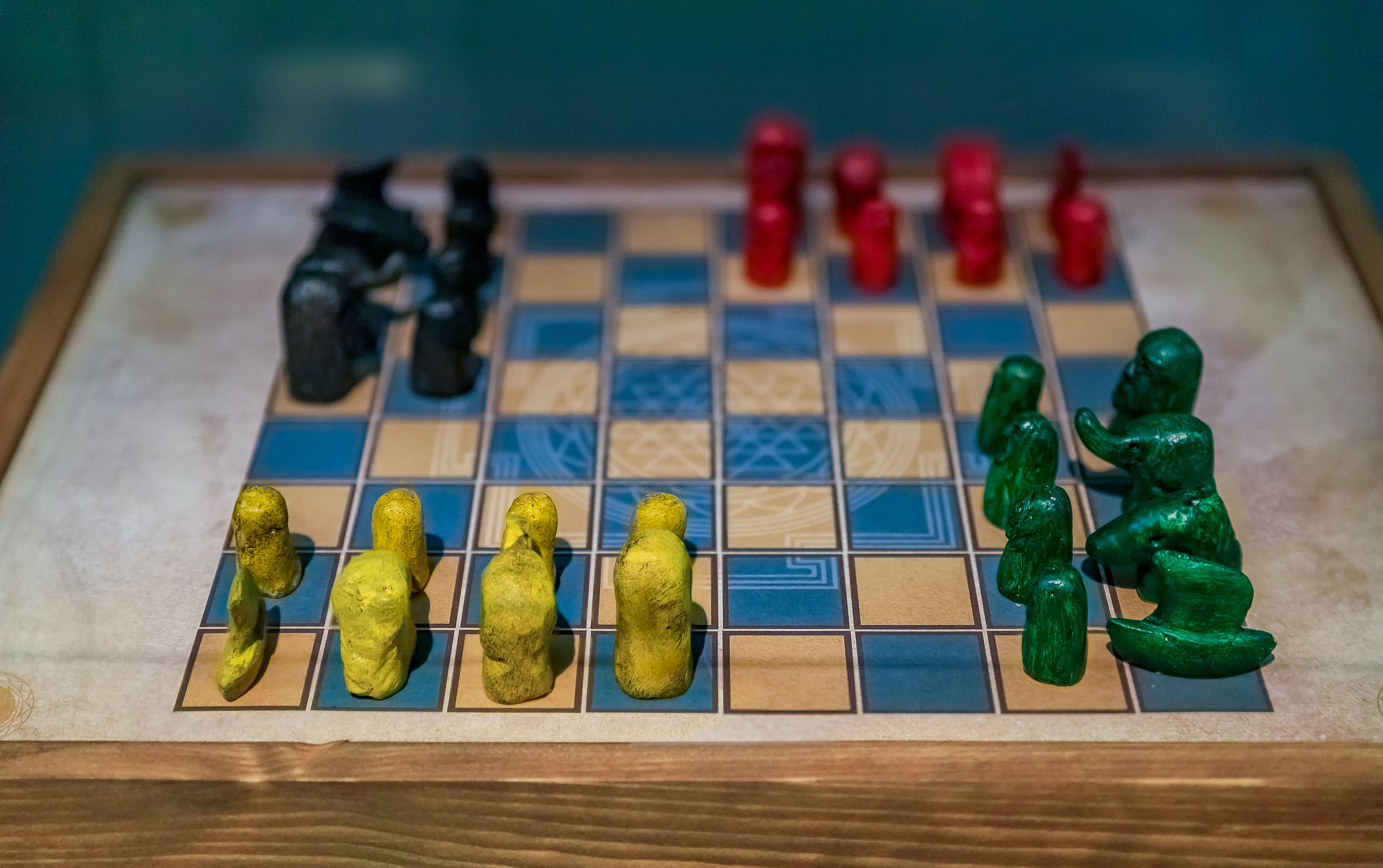
What Were The Rules Of Chaturanga?
No one knows for sure the exact rules of chaturanga, especially when it comes to the movement of some pieces. However, there are some generally accepted theories about many of the laws of the game. Regardless, it is easy to understand the way chaturanga would be played by comparing it to modern chess.
The first difference between chaturanga and chess lies in their boards. The original Indian game was played on a plain, uncheckered board. Most historians agree that this board was likely borrowed from another game and had markings on a few squares that were unrelated to chaturanga itself.
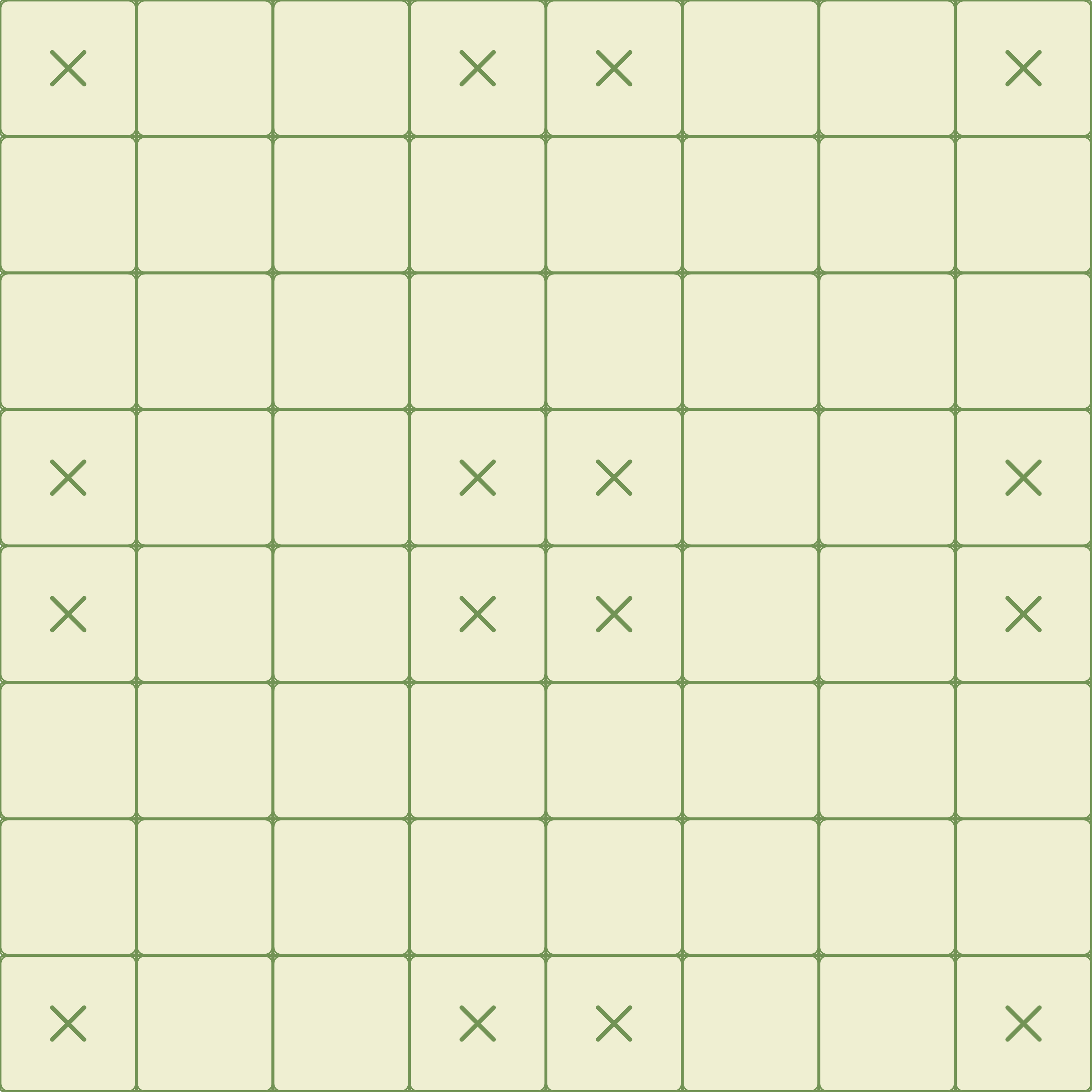
Another difference in chaturanga is in the way the foot-soldier (the pawn in chess) could be promoted. No one knows for sure about the promotion rule of that game, but most historians agree that players could not choose to promote to any piece. Some support the idea that a pawn always promoted to a minister (the piece that later becomes the chess queen), while others believe that a pawn turned into the piece that initially occupied the file of promotion.
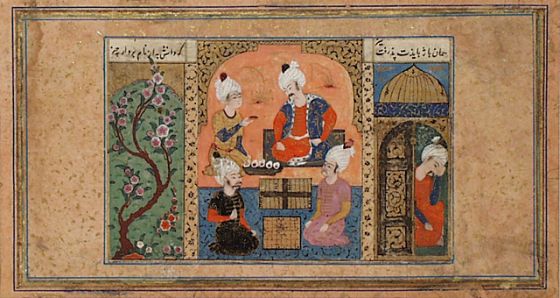
There are also differences in the way a game of chaturanga could end. Most historians support the idea that there was no checkmate; thus, the king had to be captured. On Chess.com we have kept the check and checkmate rules that were adopted in India as chaturanga spread across the country.
Baring the opponent's king was another way to achieve victory. Doing so required that a player capture all of the pieces on the board, leaving only the enemy king.
Finally, it is unclear whether stalemates existed. Some evidence point to the fact that what we know as a stalemate would result in a win for the attacking player. Since there were no checks in chaturanga, surrounded kings would be forced to move to an attacked square and get captured. On Chess.com, the player who gets stalemated loses.
The last few differences relate to some pieces themselves as well as the way they moved. Below is a list of the pieces of chaturanga and a description of their movements.
- The foot-soldier moved and captured just like a regular pawn in chess. However, it could not jump two squares on the first move and, therefore, could not capture en passant.
- The elephant could move diagonally two squares. Later it was modified and became the bishop in chess. Historians disagree on whether the elephant could jump over other pieces, but we have kept this feature on our game.
- The horse moved just like the knight in chess.
- The chariot moved just like the rook in chess.
- The minister moved diagonally one square. This piece was modified later and became much more potent. We now know it as the queen in chess.
- The king moved just like today's king.
How To Play Chaturanga Online
Are you wondering what it would be like to play such a different kind of chess? As you may have already guessed, you can do it right here on Chess.com.
All you have to do is head over our Variants page and select the Chaturanga option from the menu on the right-hand side of the screen.

Conclusion
You now know about the game of chaturanga and how it differs from regular chess. Are you in the mood to try out this ancient Indian game? Click the button below and play chaturanga against people from around the globe!










